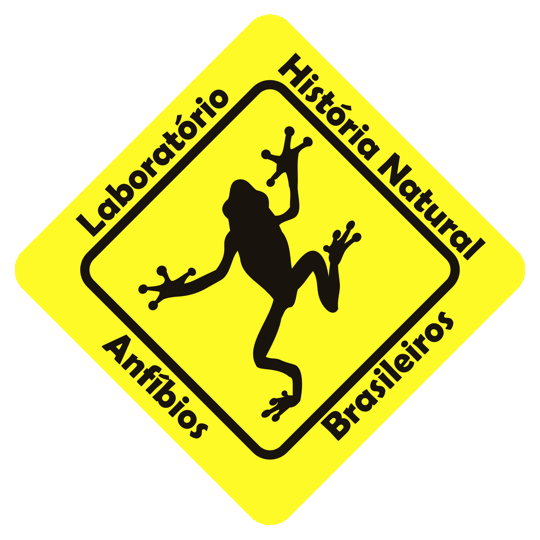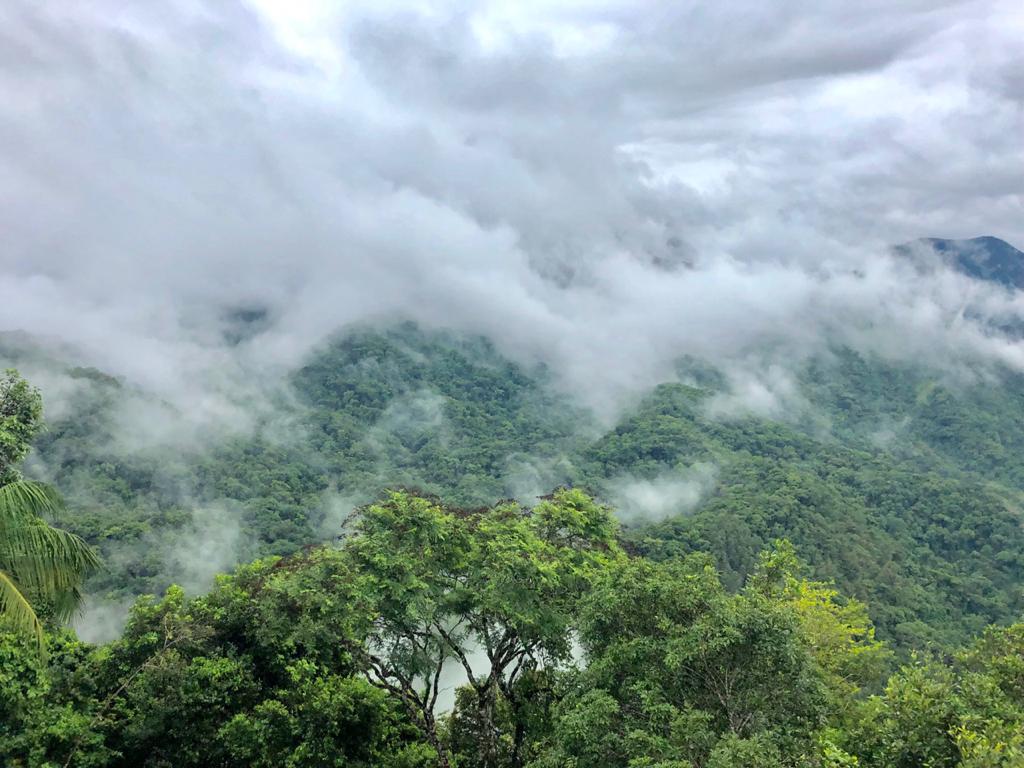By: Joelma Prado, Universidade Estadual de Campinas – Laboratório de História Natural de Anfíbios Brasileiros
 When we think about all the knowledge accumulated over the last couple of decades about the amphibian killing fungus, the chytrid, we now understand about its physiology, possible origin, pathogenicity, and harmful effects on susceptible hosts. As for the transport dynamics, it is known that the main route is related to direct contact between a healthy amphibian and an infected amphibian. Furthermore, as the chytrid has a biphasic life cycle, with a sessile sporangium phase and a free-swimming zoospore infective phase, pathways related to natural water bodies are significant transport routes for this fungus. Speaking specifically of the chytrid Batrachochytrium dendrobatidis (Bd), its DNA was detected in rainwater in a previous study (Kolby et al., 2015), which led us to the question: “what about the fog?”. Fog is an important water input in high-altitude ecosystems, in which it occurs frequently. That is why we developed a fog collection method and collected it at nine high altitude sites in the Atlantic Forest in Brazil. Despite being a challenging task to detect environmental DNA from a sensitive medium such as fog, maximizing the sampling effort and avoiding contamination, our method proved to be effective. We used a microbiological membrane attached to a portable aspirator. Then, using the qPCR technique we detected Bd DNA in the filtered fog samples. Furthermore, in the laboratory using a controlled system, we observed that active Bd zoospores can be transported in suspension in the air to the skin of host amphibians and cause infection. In this case, as we used a high concentration of zoospores, the infection was even lethal. In addition, we collected rainwater and also detected Bd DNA in rainwater.
When we think about all the knowledge accumulated over the last couple of decades about the amphibian killing fungus, the chytrid, we now understand about its physiology, possible origin, pathogenicity, and harmful effects on susceptible hosts. As for the transport dynamics, it is known that the main route is related to direct contact between a healthy amphibian and an infected amphibian. Furthermore, as the chytrid has a biphasic life cycle, with a sessile sporangium phase and a free-swimming zoospore infective phase, pathways related to natural water bodies are significant transport routes for this fungus. Speaking specifically of the chytrid Batrachochytrium dendrobatidis (Bd), its DNA was detected in rainwater in a previous study (Kolby et al., 2015), which led us to the question: “what about the fog?”. Fog is an important water input in high-altitude ecosystems, in which it occurs frequently. That is why we developed a fog collection method and collected it at nine high altitude sites in the Atlantic Forest in Brazil. Despite being a challenging task to detect environmental DNA from a sensitive medium such as fog, maximizing the sampling effort and avoiding contamination, our method proved to be effective. We used a microbiological membrane attached to a portable aspirator. Then, using the qPCR technique we detected Bd DNA in the filtered fog samples. Furthermore, in the laboratory using a controlled system, we observed that active Bd zoospores can be transported in suspension in the air to the skin of host amphibians and cause infection. In this case, as we used a high concentration of zoospores, the infection was even lethal. In addition, we collected rainwater and also detected Bd DNA in rainwater.
 Therefore, although we still do not know whether the Bd DNA in the fog comes from active zoospores, nor for how long Bd zoospores could remain viable in suspension in the fog, in this work we present the first evidence of the fog as a possible transmission route of the chytrid.
Therefore, although we still do not know whether the Bd DNA in the fog comes from active zoospores, nor for how long Bd zoospores could remain viable in suspension in the fog, in this work we present the first evidence of the fog as a possible transmission route of the chytrid.
It is evident that we still have a lot to investigate about the natural dynamics of Bd, which is complex and depends on several environmental factors. Discussing the transport of Bd by fog is even more relevant in the current scenario of climate change (IPCC, 2021). Therefore, this work highlights the need to consider the airways in epidemiological studies about this pathogen.
Photo: Dr. Luís Felipe Toledo
Please scan the QR-code to download the paper.

